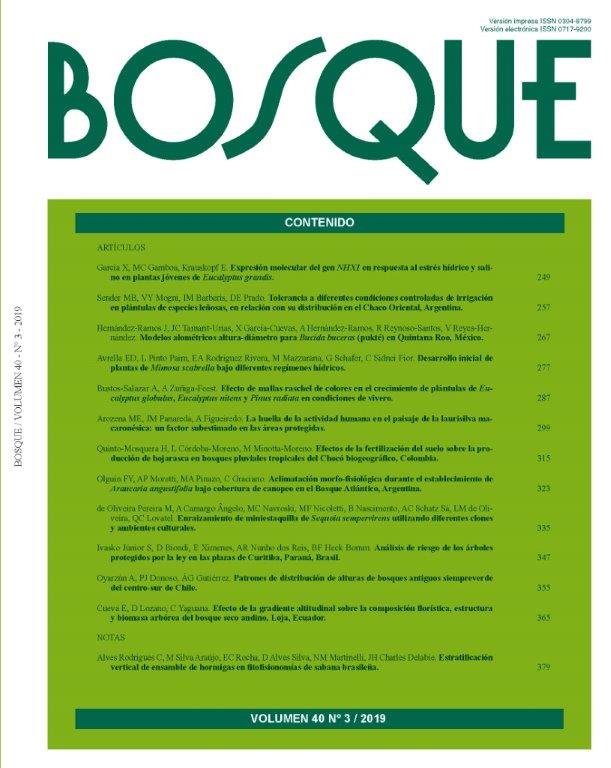Vertical stratification of ant assemblage in Brazilian Savanna phytophysiognomies
Main Article Content
Abstract
Spatial distribution of arthropods in forests has crucial implications for biodiversity conservation and forest management. In this environment, ants represent a good model for studies on vertical stratification of fauna. They are abundantly found in soil and well distributed in all vegetation strata. Factors determining the diversity and distribution of ant communities have deserved attention for years due to the essential role of these insects in many ecological processes such as nutrient cycling, energy turnover, herbivory, seed dispersal and seed predation. The aim of this study was to compare the richness and structure of ant assemblages among vertical strata (soil, shrubs and trees) in two phytophysiognomies of the Brazilian Savanna. The capture of ground-dwelling ants and arboreal ants was carried out with traps containing attractive baits. Sixty-six ant species were identified, and in both phytophysiognomies. Soil (litter) showed higher richness of ant species when compared to the others (Jackkinife 1). There was a distinction between soil and canopy (shrubs/trees) strata, shown in the composition and capture frequency of ant species (ANOSIM, P = 0.001), therefore, evidencing the vertical stratification of the ant assemblage.

